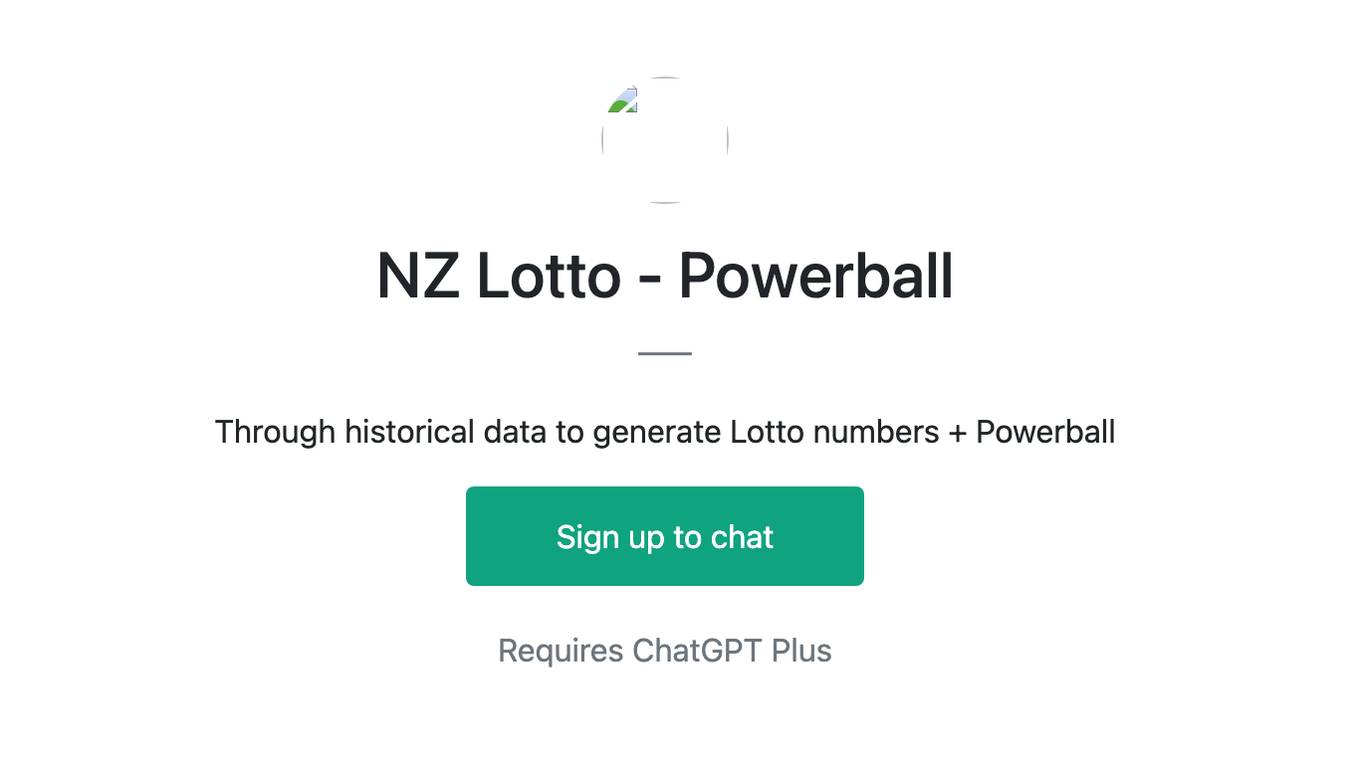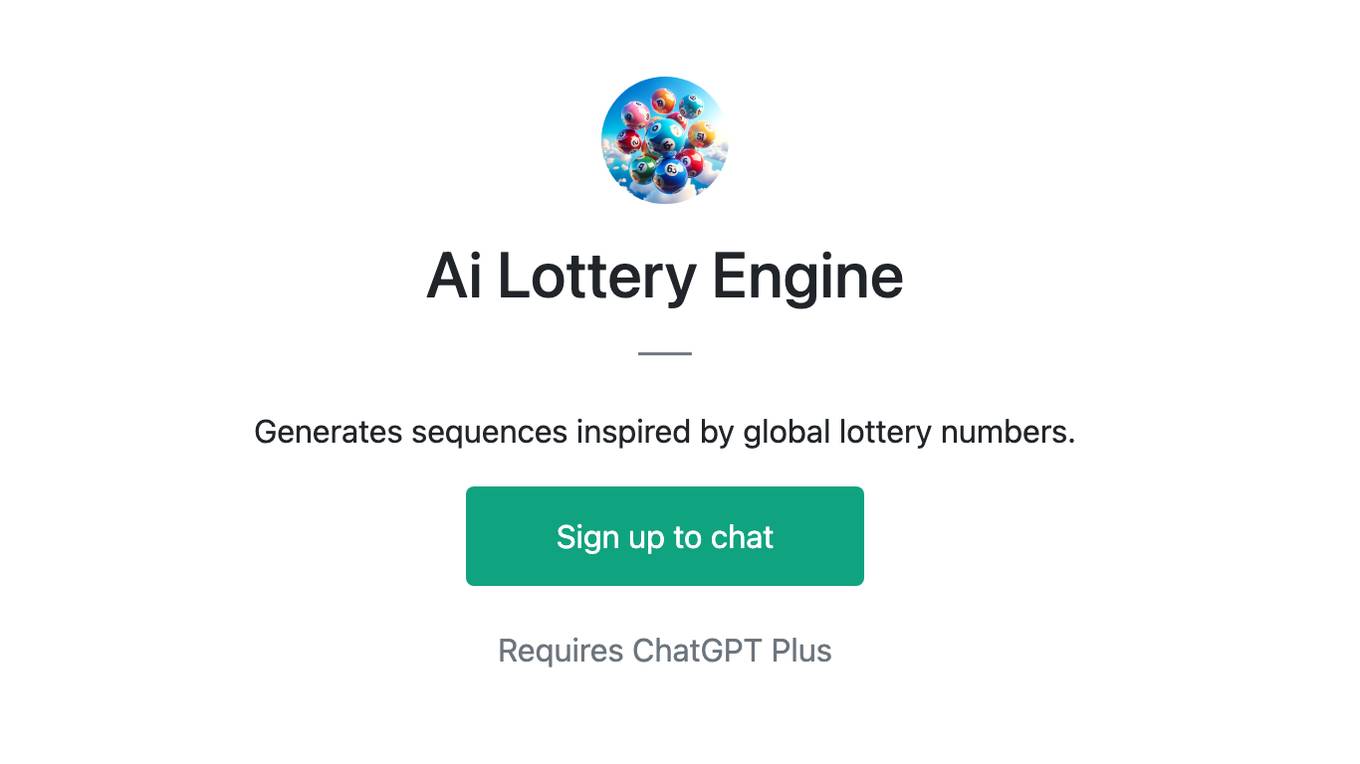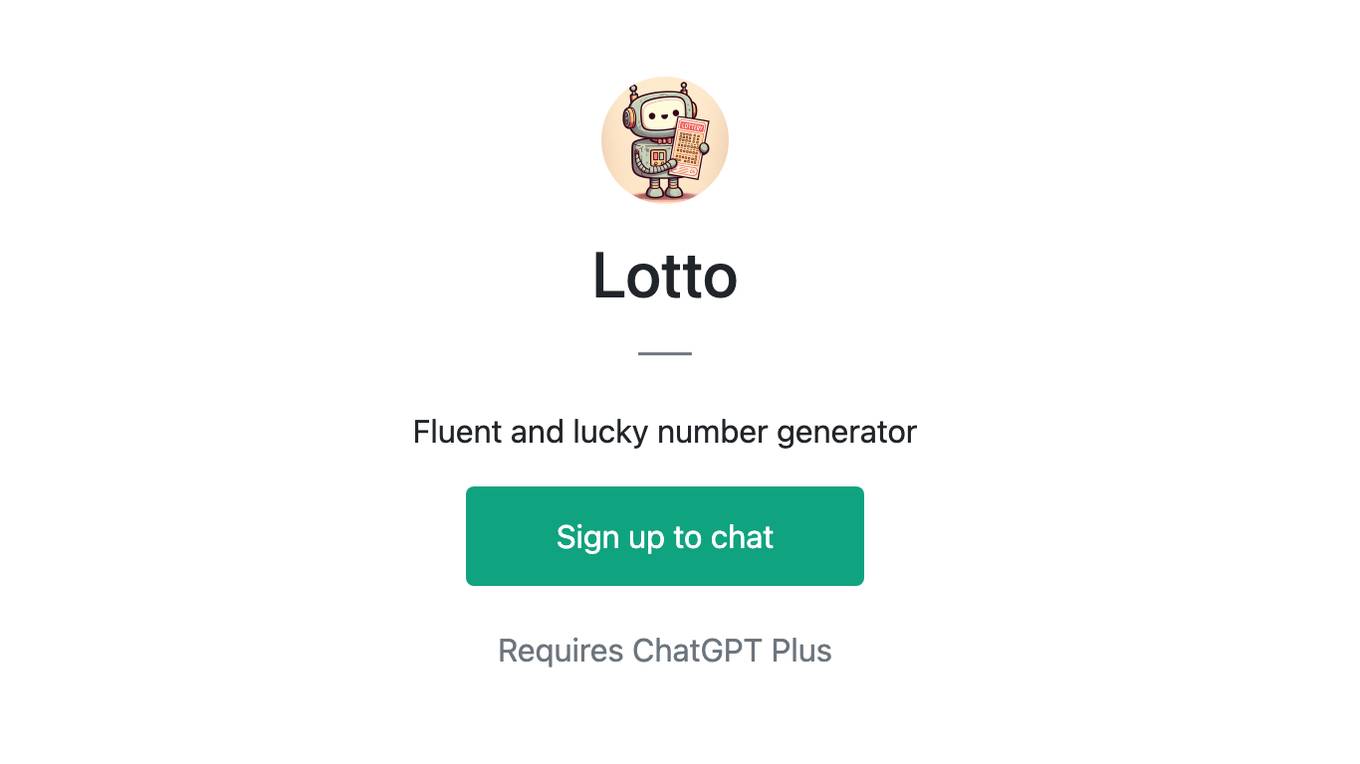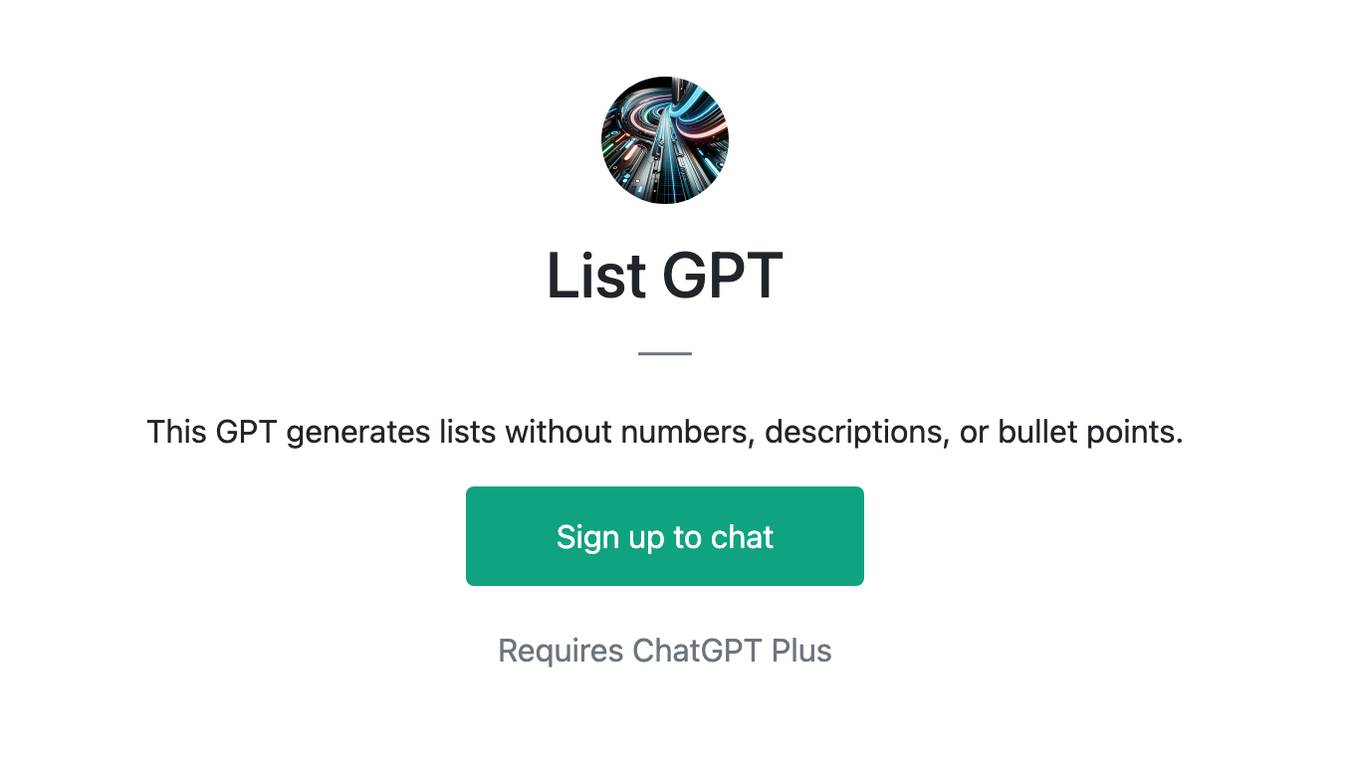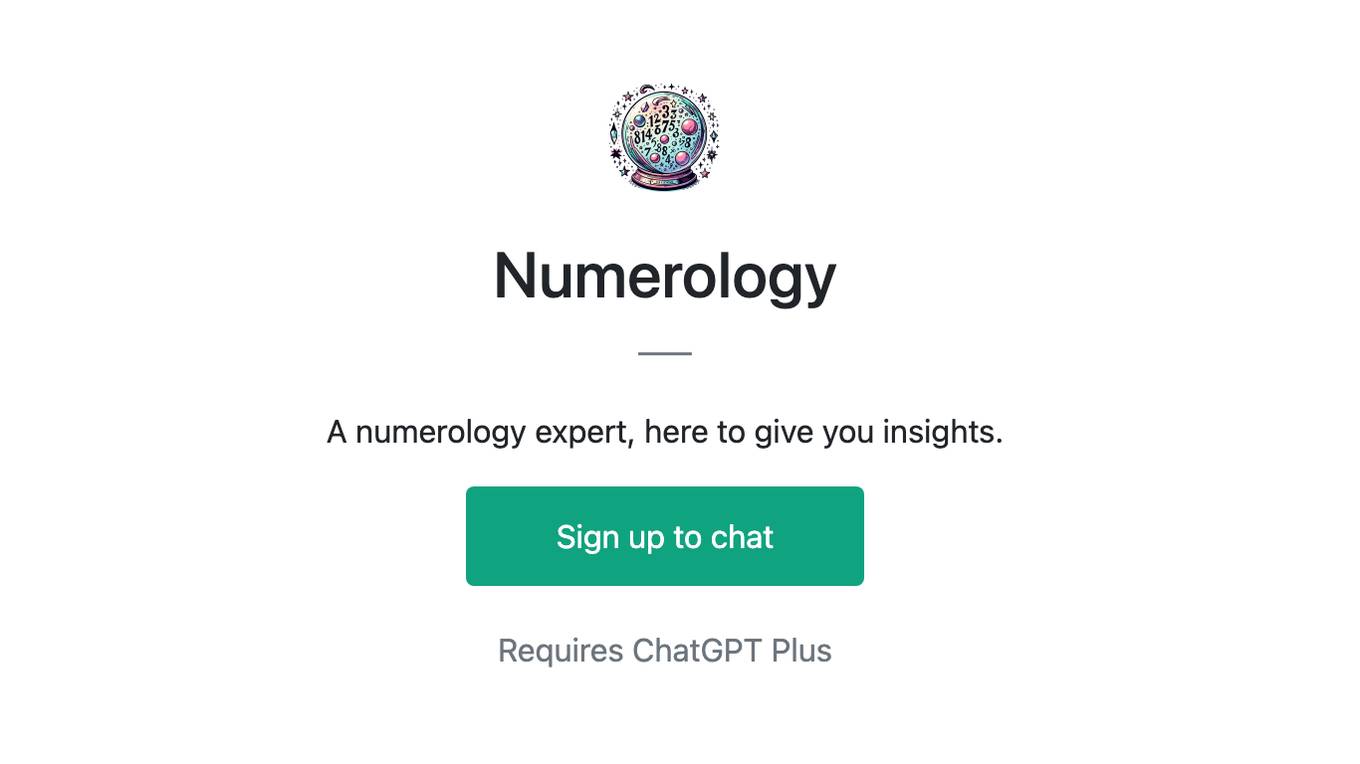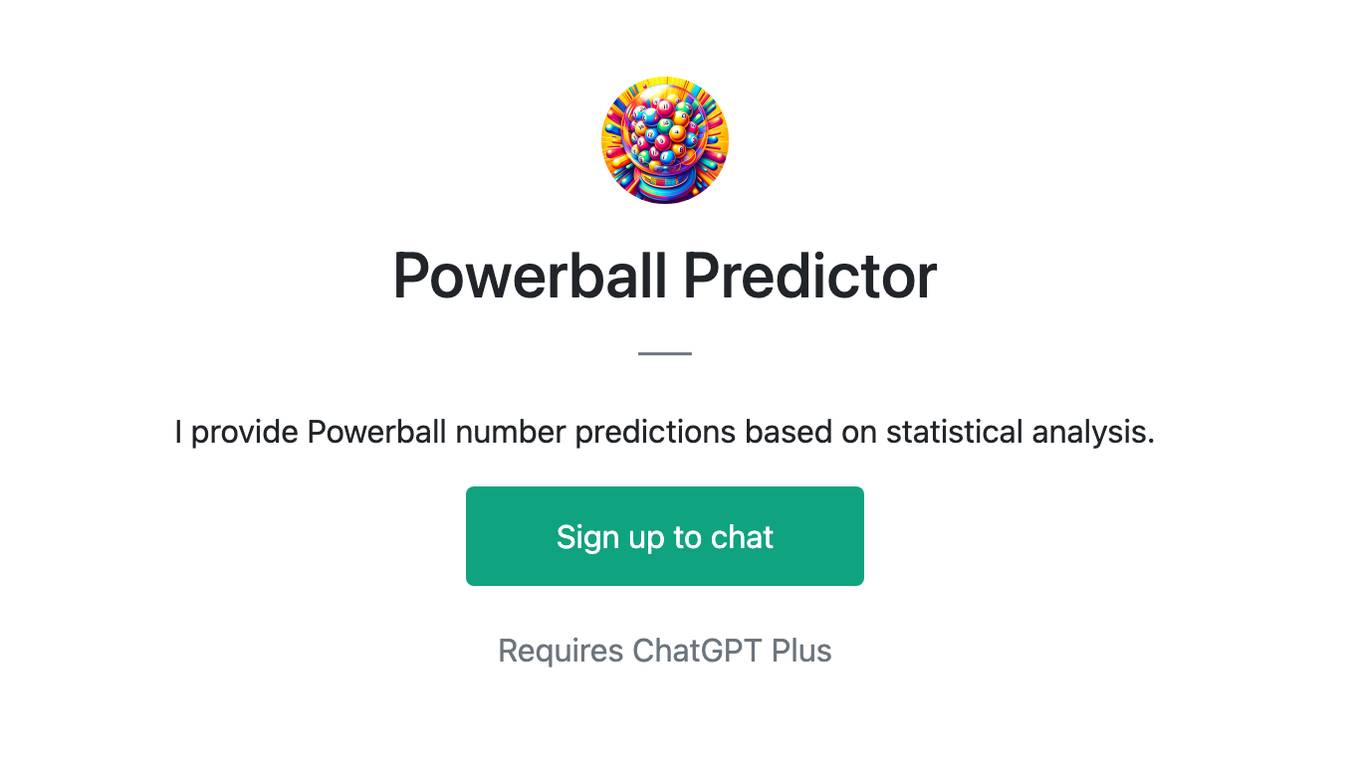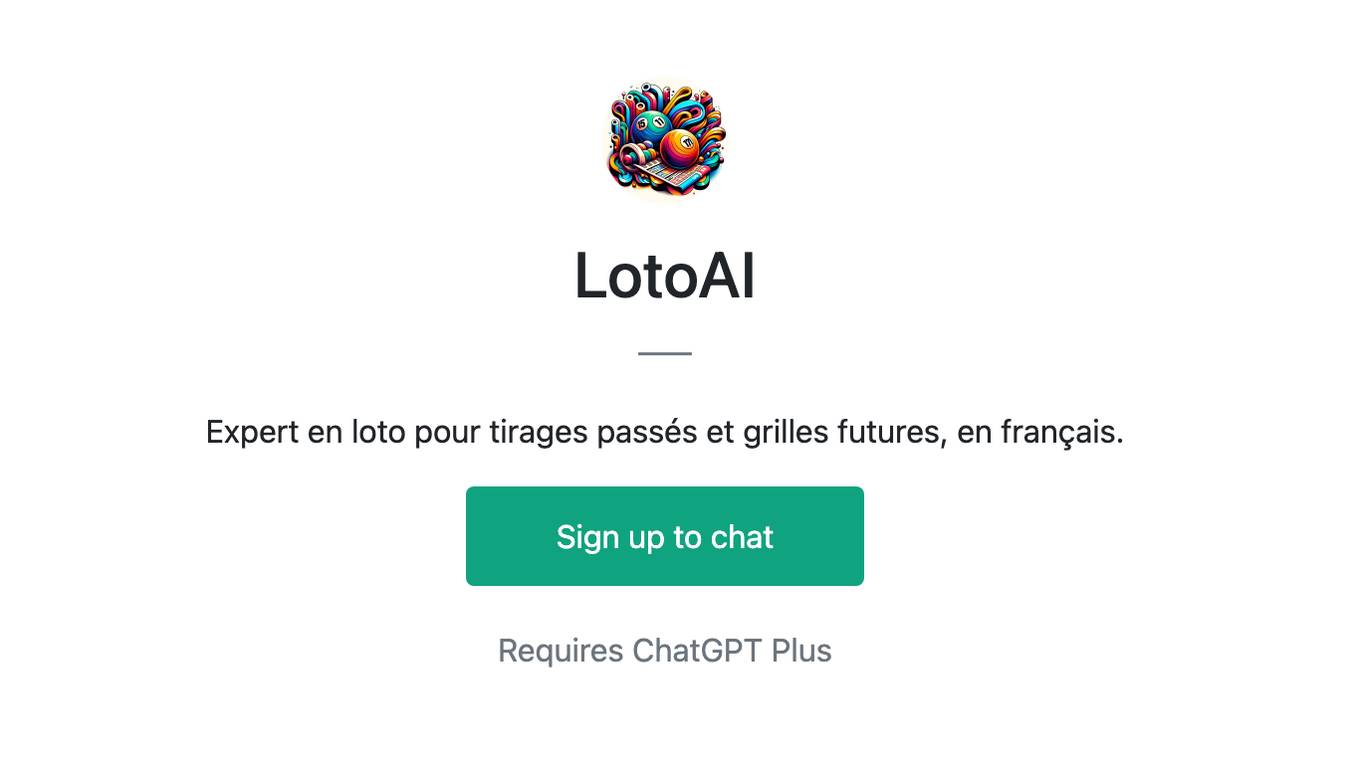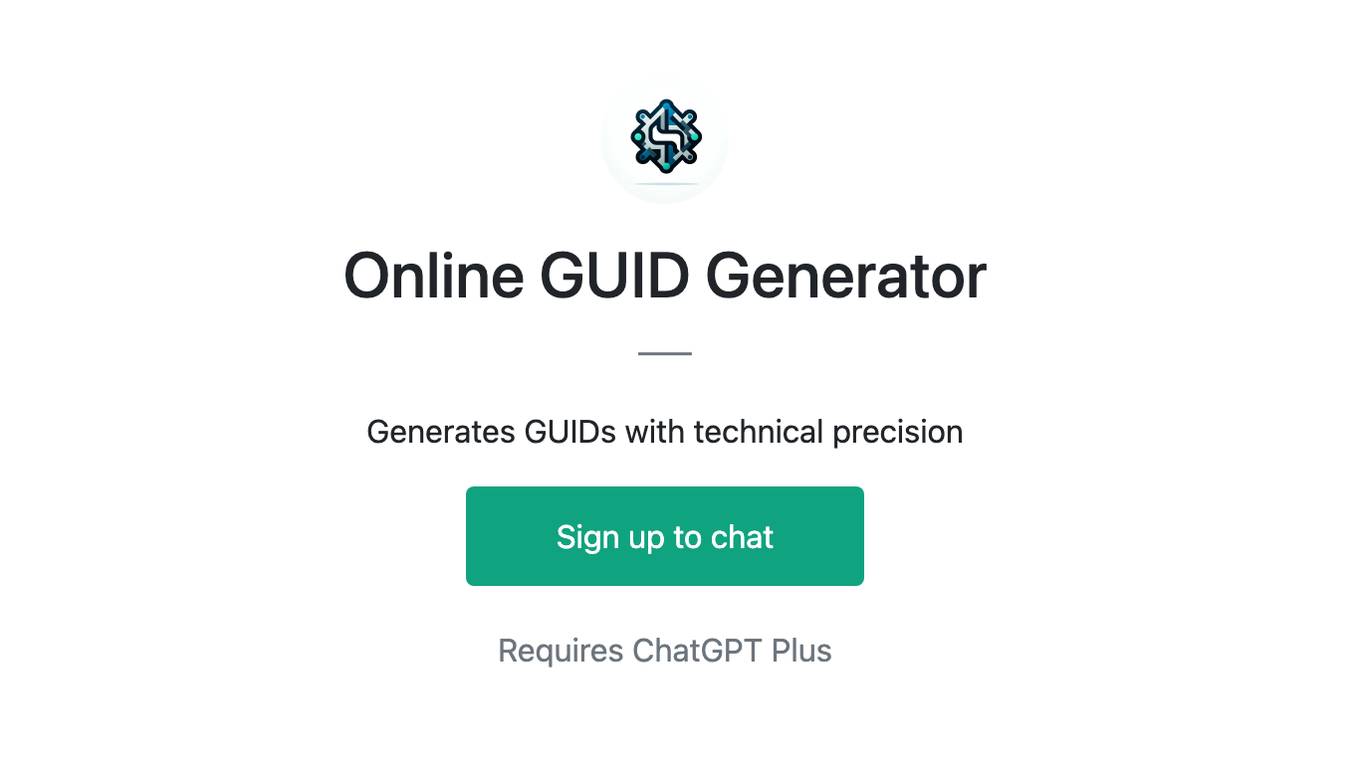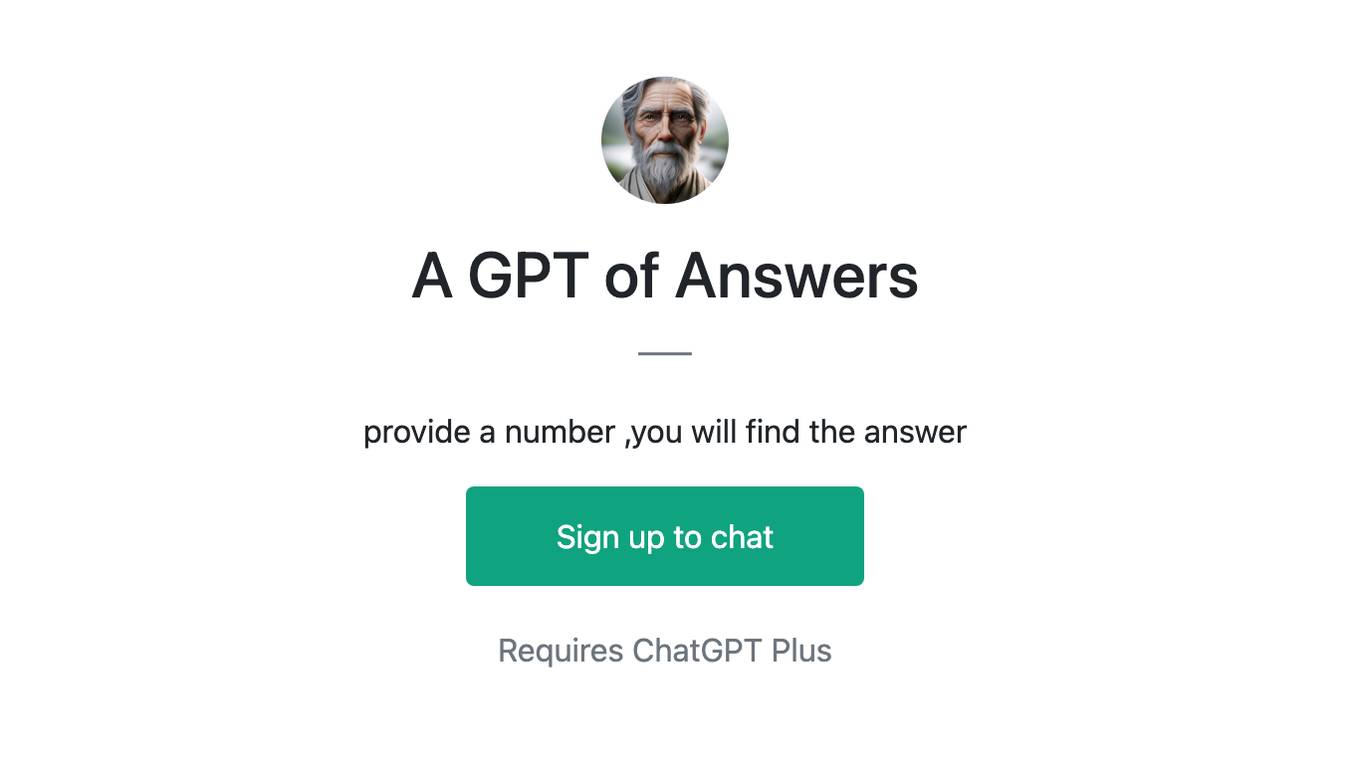Best AI tools for< Generate Numbers >
20 - AI tool Sites
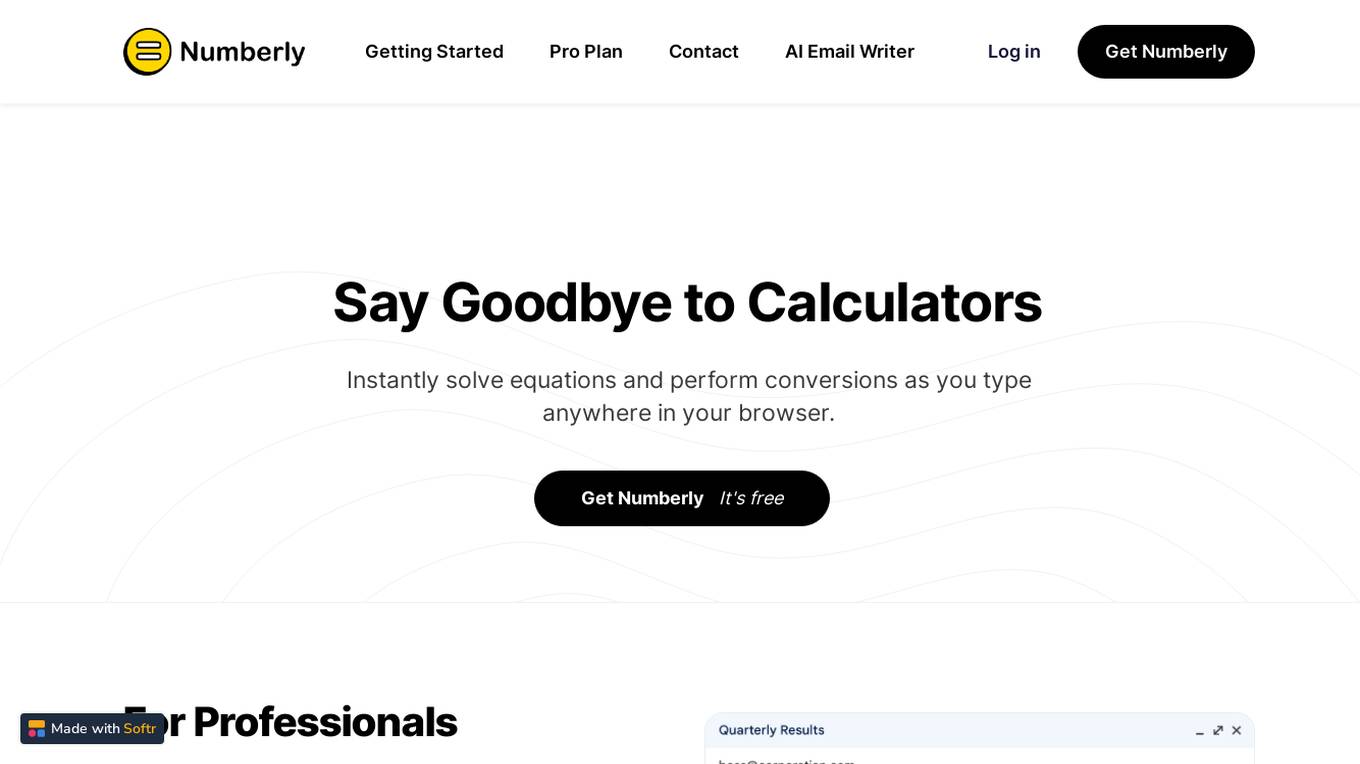
Numberly
Numberly is a free online math assistant that helps you solve equations, perform conversions, and check your calculations as you type. It integrates with your favorite websites and apps, so you can use it anywhere you need to do math. Numberly is perfect for students, professionals, and anyone who wants to make math easier.
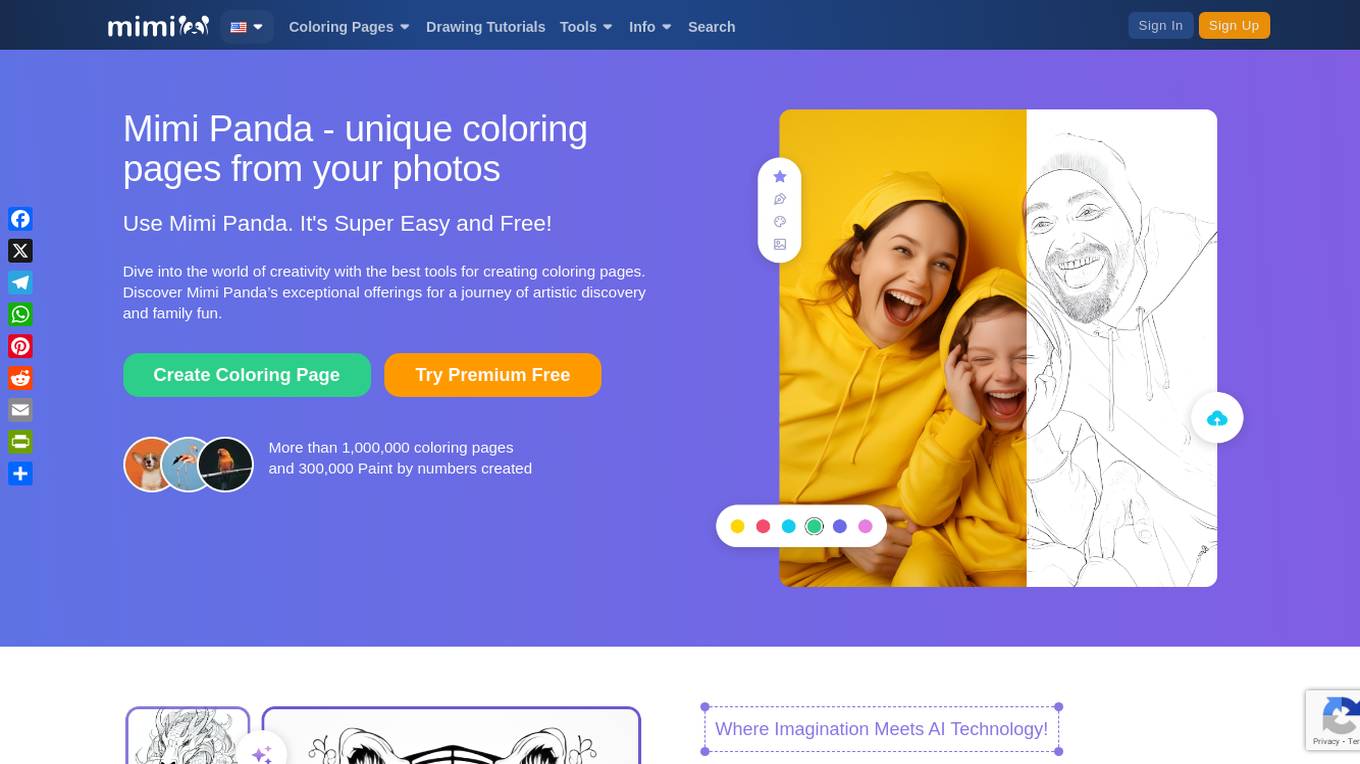
Mimi Panda Coloring Pages
Mimi Panda Coloring Pages is an AI tool that offers a unique platform for creating personalized coloring pages and paint by numbers from photos. The website provides over 1,000,000 coloring pages and 300,000 paint by numbers, utilizing advanced AI technology to generate visually captivating masterpieces. Users can easily adjust colors, create custom paint by numbers, and explore a wide range of categories for both kids and adults. Mimi Panda aims to spark creativity, provide family fun, and offer a user-friendly interface for creating and sharing coloring pages.

Lotto Chart
Lotto Chart is a highly accurate AI-powered chart for predicting lottery numbers. It harnesses the power of artificial intelligence, statistical analysis, and probability to generate winning combinations for various lotteries. The application processes billions of data points, utilizes 7 powerful prediction models, and provides advanced data-driven predictions to help users increase their chances of winning. Lotto Chart also offers support for seeded predictions, daily updated insights and reports, and tools to easily identify patterns and trends in lottery numbers.
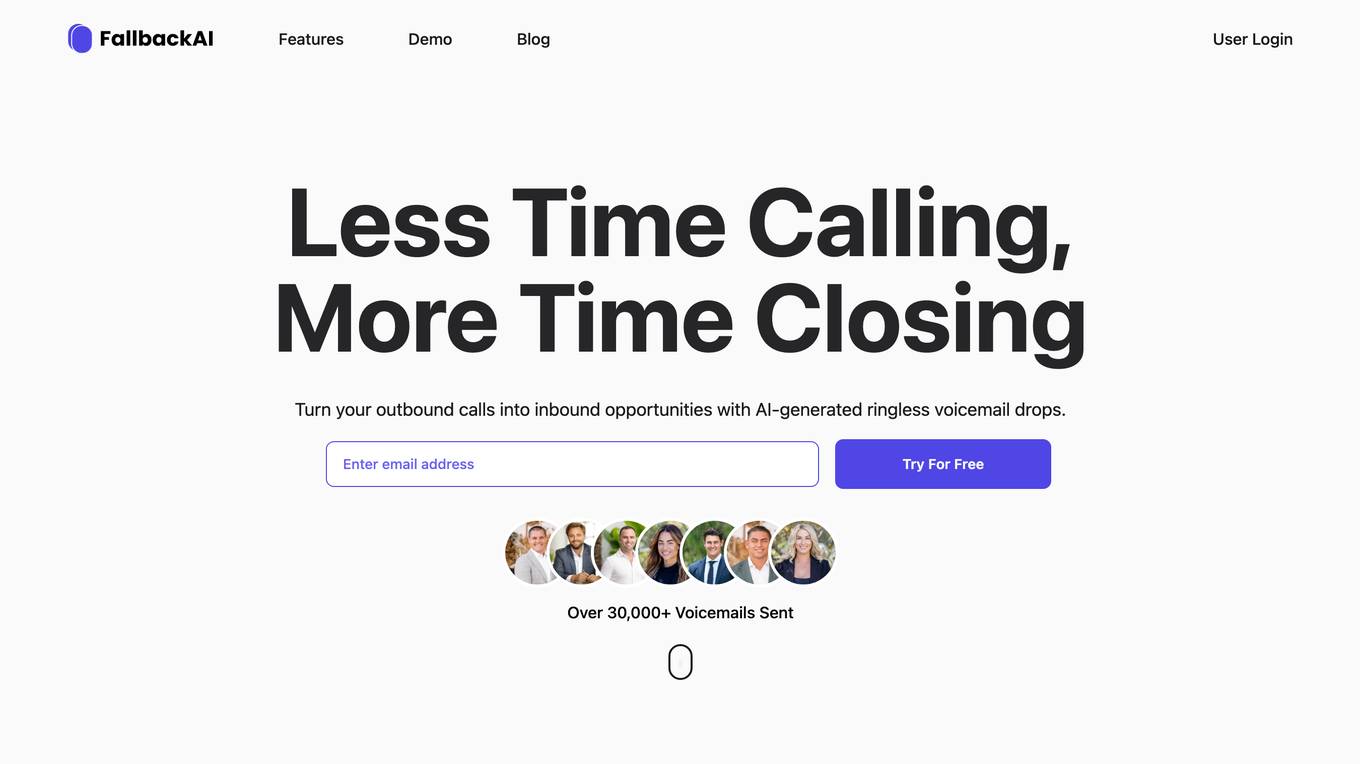
FallbackAi
FallbackAi is an AI-generated ringless voicemail tool designed for sales lead generation. It helps businesses convert outbound calls into inbound opportunities by delivering personalized voicemails to prospects. The tool automates the process of voicemail outreach, allowing sales teams to focus on ready-to-buy prospects while nurturing the rest. FallbackAi stands out with its voice cloning feature, enabling users to create authentic and personalized voicemails that drive higher callback rates and lead value. With over 30,000 voicemails sent and a proven track record of increasing qualified leads, FallbackAi is a game-changer in sales automation.

MyEmailExtractor
MyEmailExtractor is a free email extractor tool that helps you find and save emails from web pages to a CSV file. It's a great way to quickly increase your leads and grow your business. With MyEmailExtractor, you can extract emails from any website, including search engine results pages (SERPs), social media sites, and professional networking sites. The extracted emails are accurate and up-to-date, and you can export them to a CSV file for easy use.
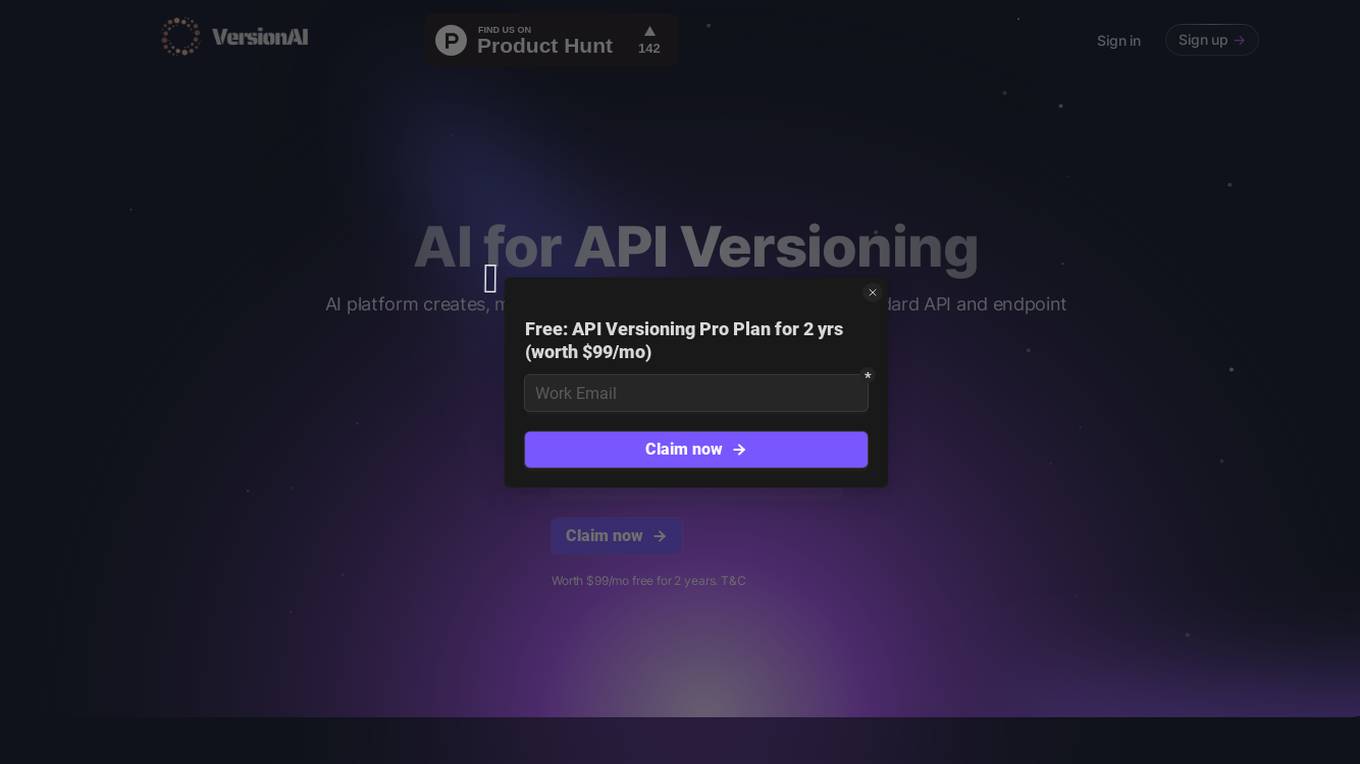
Apiversion.dev
Apiversion.dev is an AI-powered API versioning platform that helps developers manage and version their APIs. It provides a range of features to make API versioning easier, including automatic versioning, version deprecation, and version promotion. Apiversion.dev also integrates with popular CI/CD tools to automate the API versioning process.
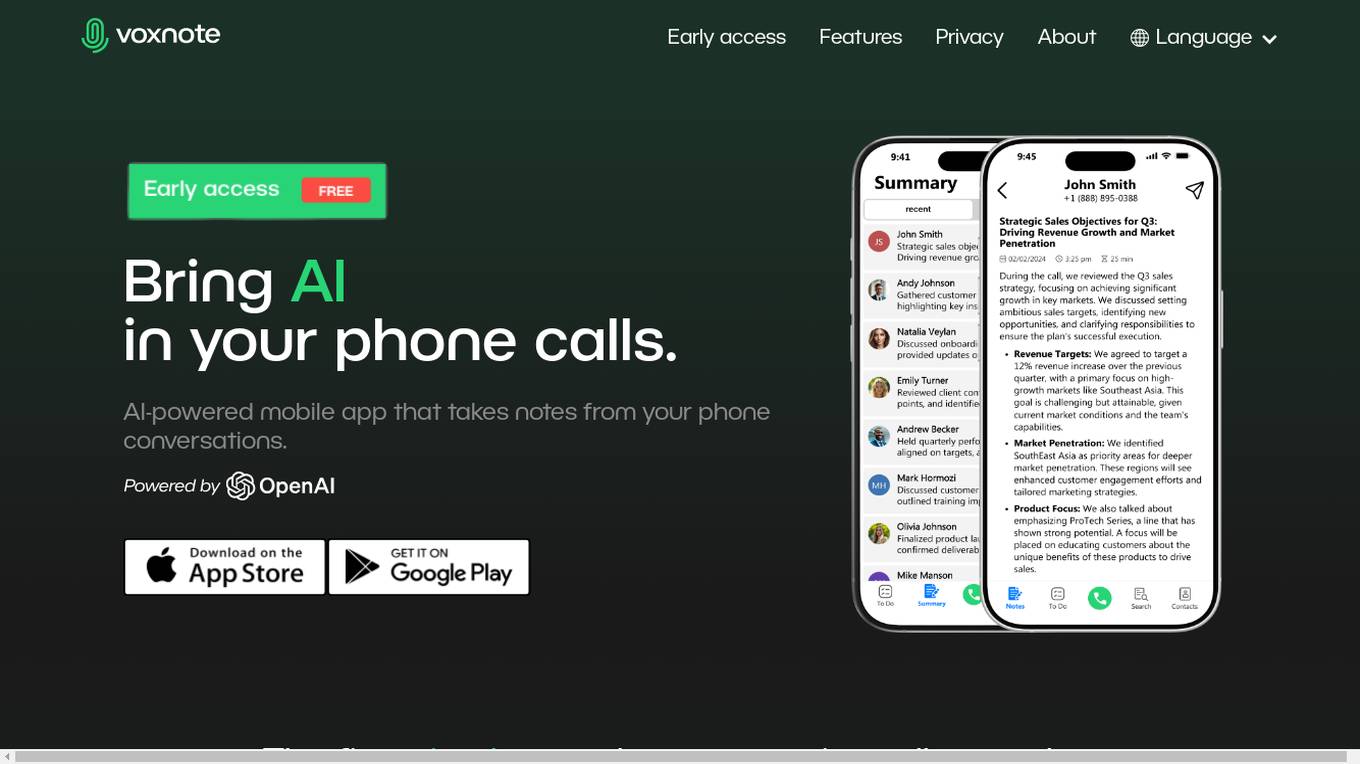
VoxNote
VoxNote is an AI-powered mobile app designed to bring AI into your phone calls by capturing and summarizing conversations. It automatically generates action items and tasks from your phone conversations, helping to boost productivity. With accurate call transcriptions and summaries, VoxNote ensures that no detail is missed. The app offers features like easily shareable summaries, customizable phone numbers, and a seamless user interface for a native-like experience. VoxNote is available in multiple languages and aims to streamline communication and organization through AI technology.
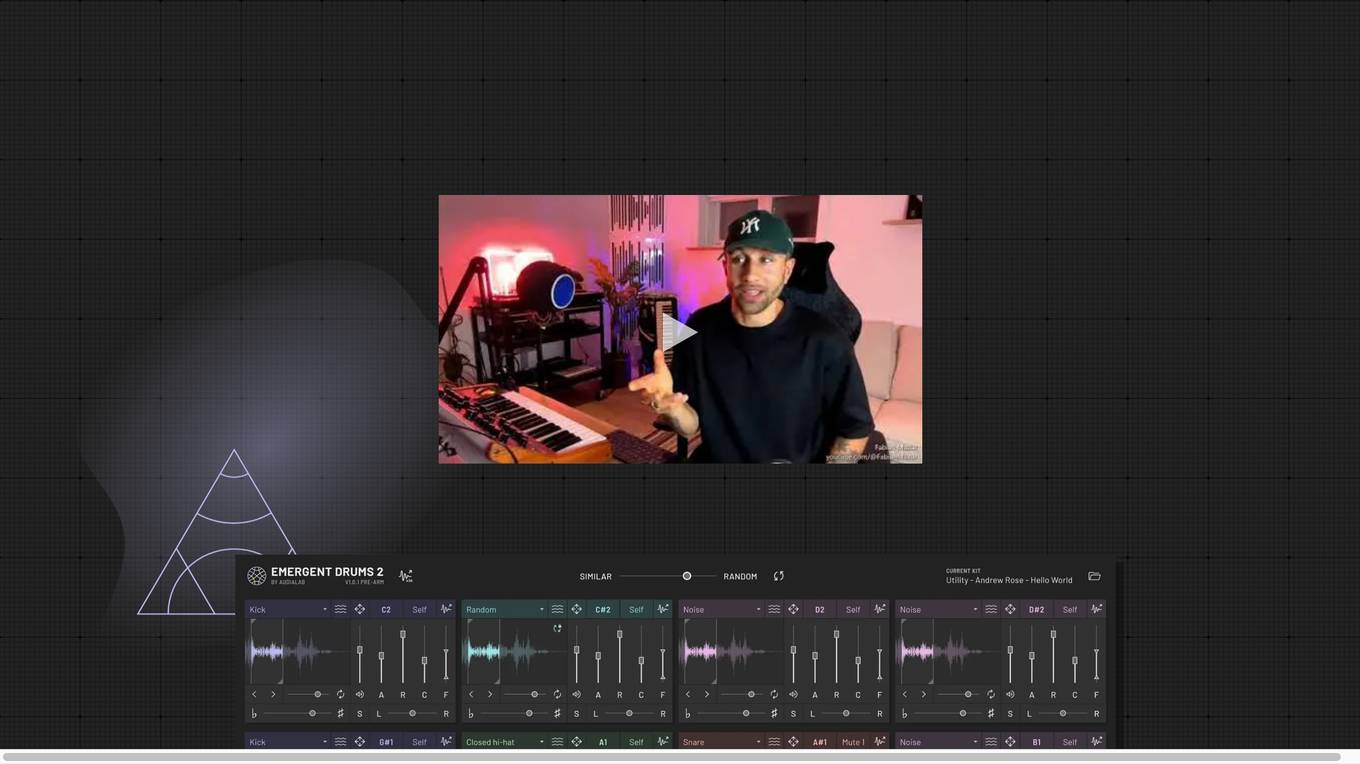
Emergent Drums
Emergent Drums by Audialab is an AI-powered tool that allows users to generate an infinite number of royalty-free drum samples. With its advanced algorithms, Emergent Drums can create a wide range of drum sounds, from classic to modern, and everything in between. The tool is easy to use, and users can quickly generate drum samples that fit their specific needs. Emergent Drums is a valuable tool for musicians, producers, and anyone else who needs high-quality drum samples.

Feng My Shui
Feng My Shui is an application that allows users to generate images using a combination of Midjourney and Stable Diffusion XL AI models. It offers a user-friendly interface and allows users to generate images without the need for a Midjourney account or Discord app. The application also includes a credit system that allows users to generate a certain number of images per month. Additional credits can be purchased if needed. Feng My Shui is available on the web, iOS, and Android devices.
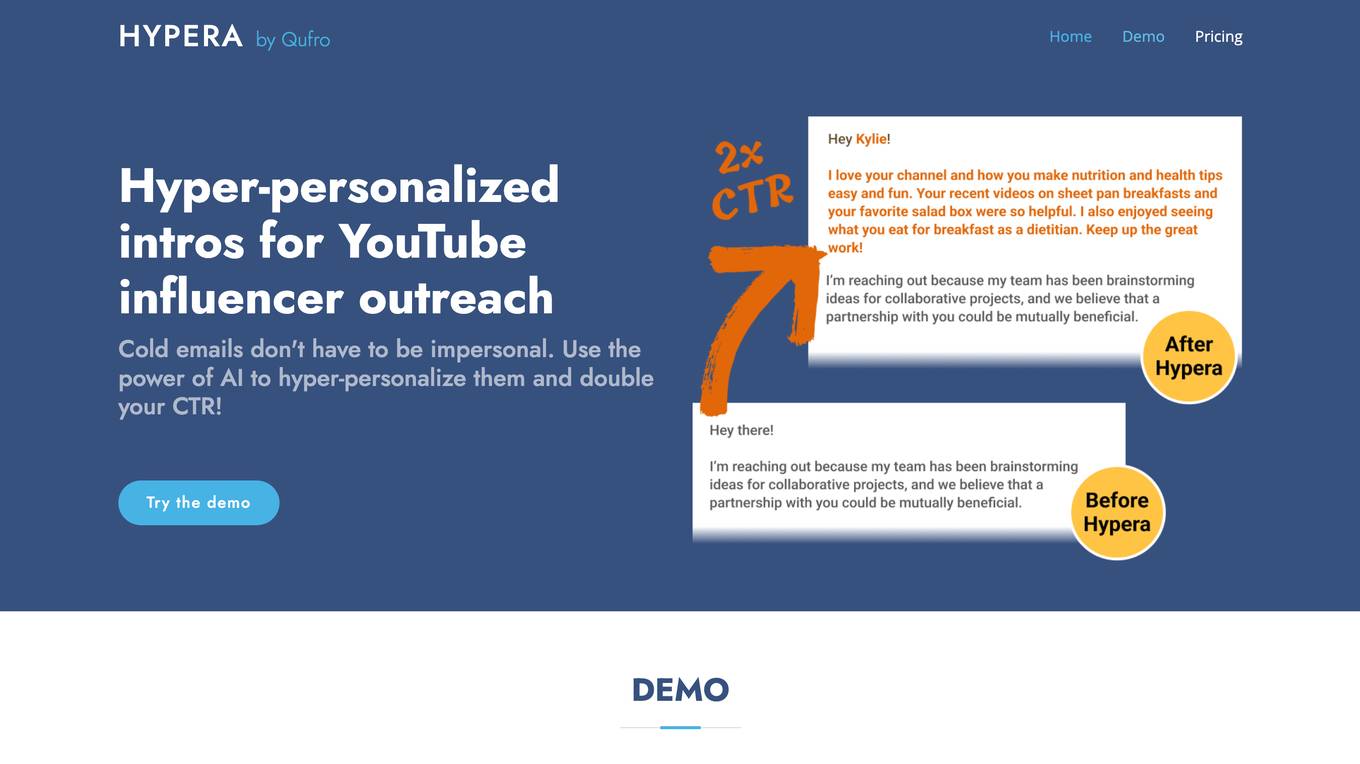
Hypera
Hypera is an AI-powered tool that offers hyper-personalized email marketing solutions. It utilizes artificial intelligence to create customized email intros for YouTube influencer outreach, helping users increase their click-through rates. With Hypera, users can generate a large number of personalized intros for cold emails, catering to businesses of all sizes. The tool is designed to make cold emails more engaging and effective through AI-driven personalization.
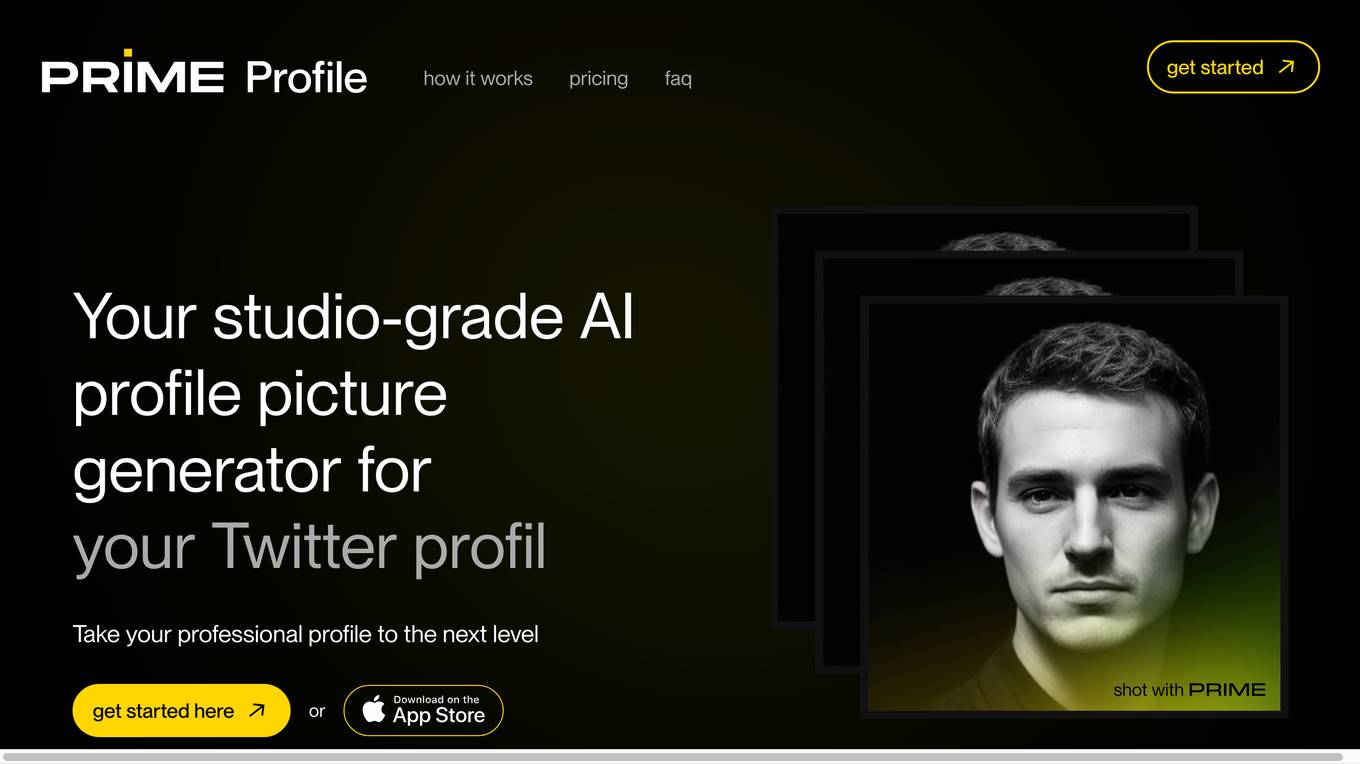
PRIME Profile
PRIME Profile is a studio-grade AI profile picture generator that allows users to create realistic and professional-looking profile pictures for various platforms such as Twitter, LinkedIn, and resumes. It utilizes advanced AI technology to generate personalized profile pictures based on a set of photos uploaded by the user. The AI model is trained to capture the user's unique facial features and expressions, enabling them to create profile pictures that truly reflect their identity. PRIME Profile offers a convenient pay-per-use pricing model, with no subscriptions or hidden fees. Users can unlock a studio with 30 shots for just $15, granting them unlimited access to generate an endless number of shots with 4K resolution support. The process of creating a personalized AI model typically takes around 35 minutes. PRIME Profile prioritizes user privacy and ensures that uploaded photos are used solely for creating personalized AI models and are never shared with third parties.
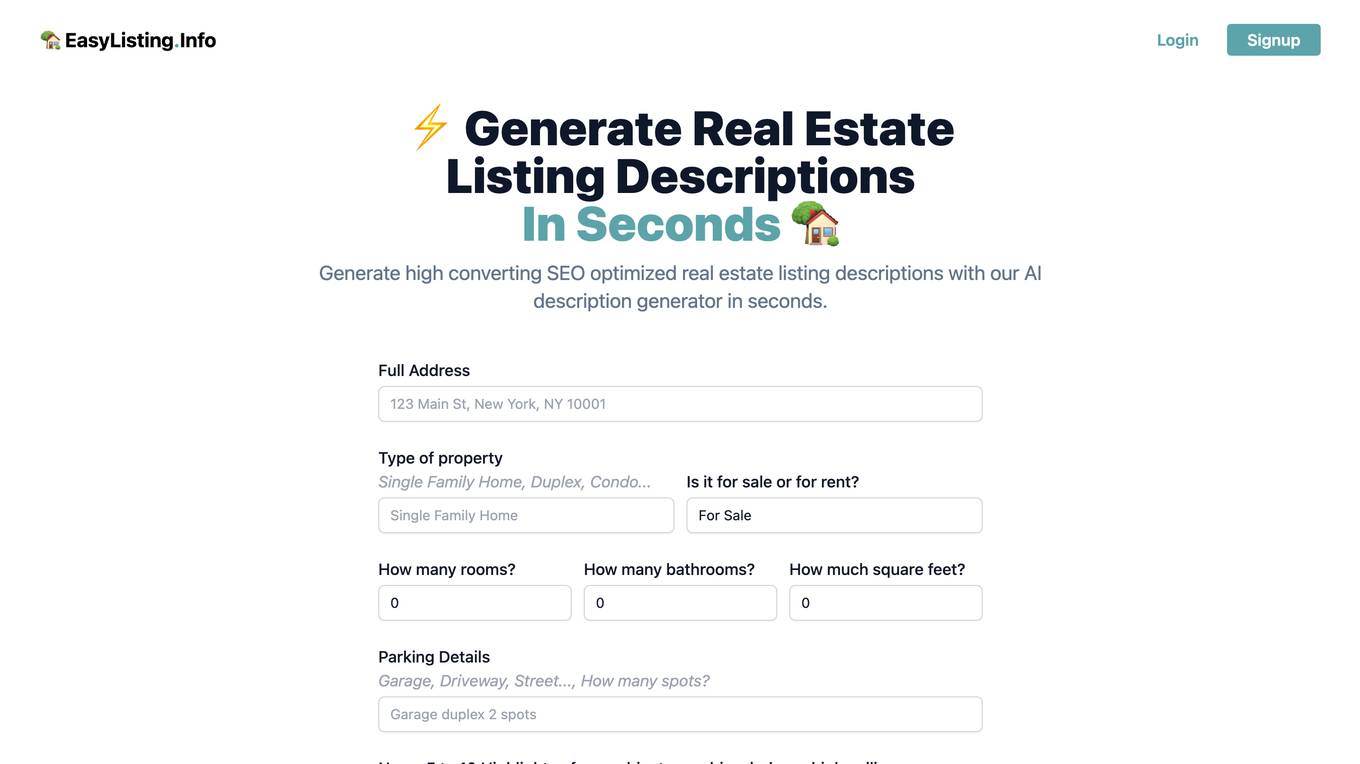
EasyListing.info
EasyListing.info is a real estate listing property description generator powered by AI technology. It allows users to create high-converting SEO optimized real estate listing descriptions in seconds. Users can input details such as property type, number of rooms, bathrooms, square footage, parking details, and highlights of the property to generate compelling descriptions. The tool offers unlimited generations for users who sign up, saving them valuable time and effort in creating property listings.
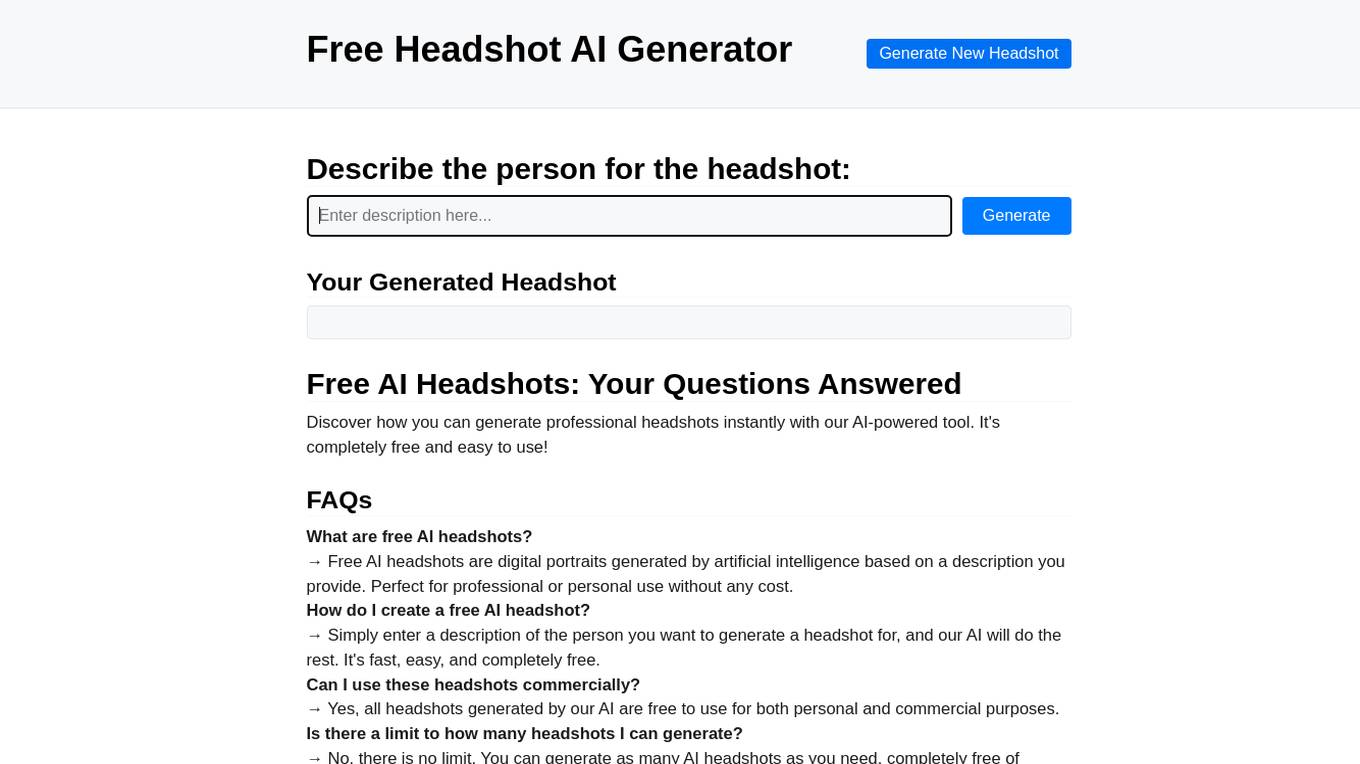
Free Headshot AI Generator
This website provides a free AI-powered tool to generate professional headshots based on a description you provide. It's easy to use and completely free, with no limits on the number of headshots you can generate. The generated headshots can be used for both personal and commercial purposes.
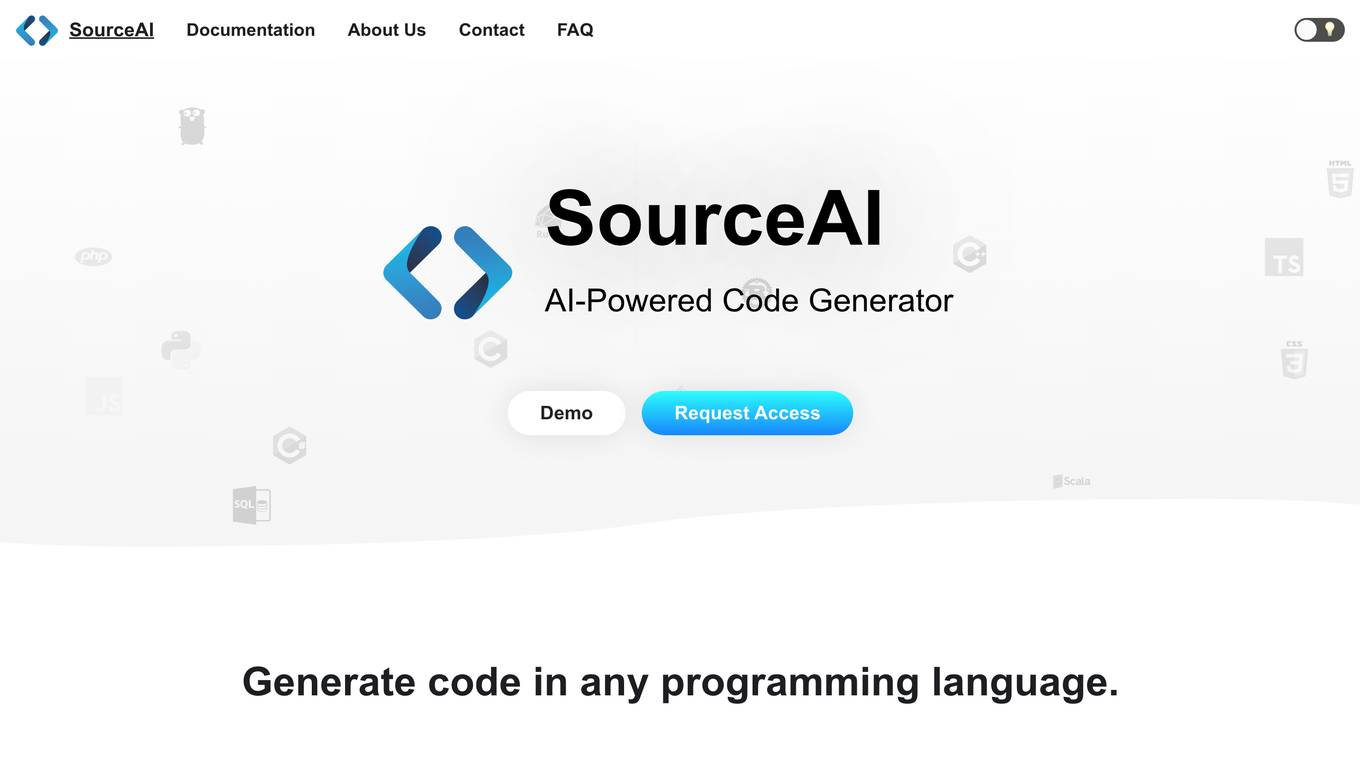
SourceAI
SourceAI is an AI-powered code generator that allows users to generate code in any programming language. It is easy to use, even for non-developers, and has a clear and intuitive interface. SourceAI is powered by GPT-3 and Codex, the most advanced AI technology available. It can be used to generate code for a variety of tasks, including calculating the factorial of a number, finding the roots of a polynomial, and translating text from one language to another.
Pixel Dojo
Pixel Dojo is an AI playground that provides users with access to a suite of cutting-edge, uncensored AI tools designed for creators. With Pixel Dojo, users can generate images, upscale and enhance existing images, and create consistent characters, all with a single set of tools. The platform features the latest AI art models, including Stable Diffusion XL, Juggernaut XL, Playground V2, and Kandinsky, and offers a Pro Plan that provides unlimited AI generations, access to the latest AI models, and uncensored models.
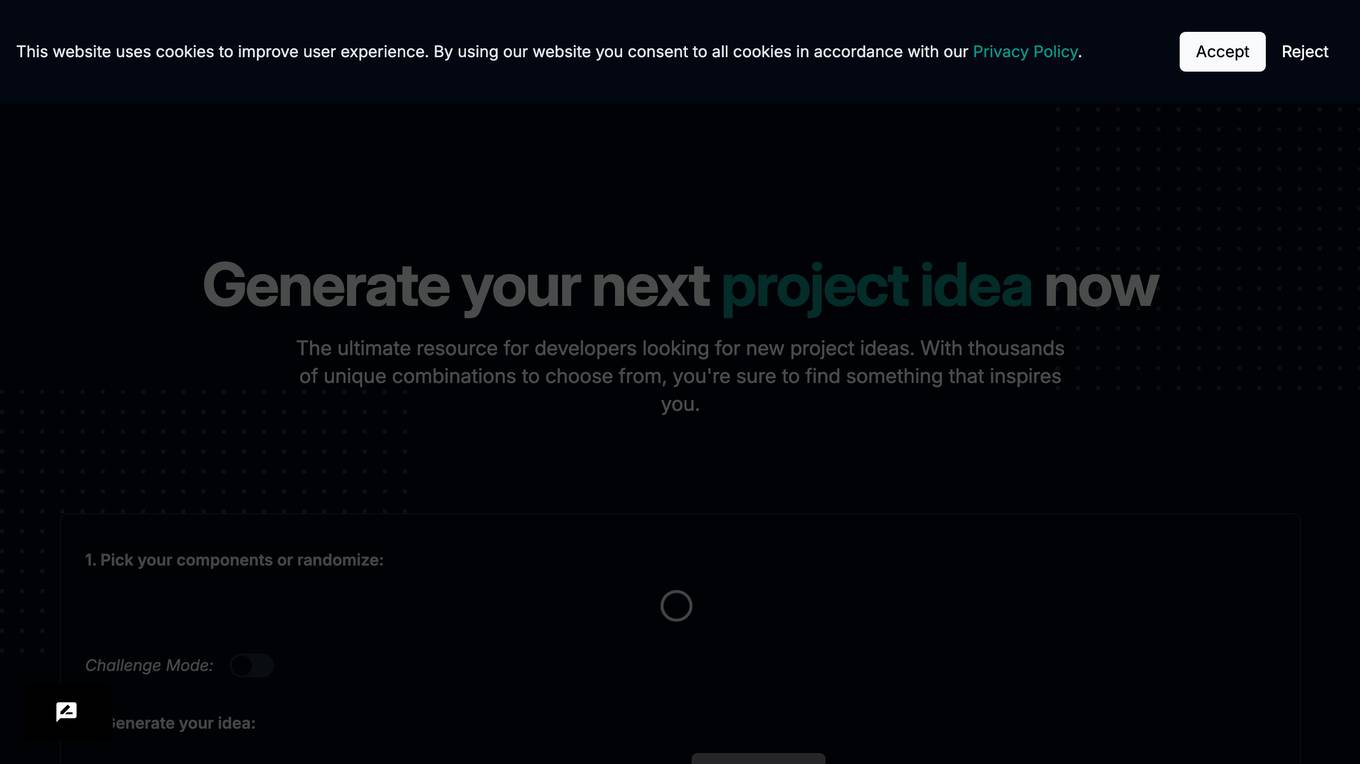
DULTOGEL
DULTOGEL is a platform that provides accurate and timely information for lottery players. It offers color charts, daily results, and comprehensive data from various official markets. Players can analyze numbers systematically and strategically with easy access and quick updates. The platform ensures transparency and high accuracy by presenting results in real-time sourced directly from official data. DULTOGEL serves as a trusted tool for predicting lucky numbers, catering to number enthusiasts and strategic players alike.
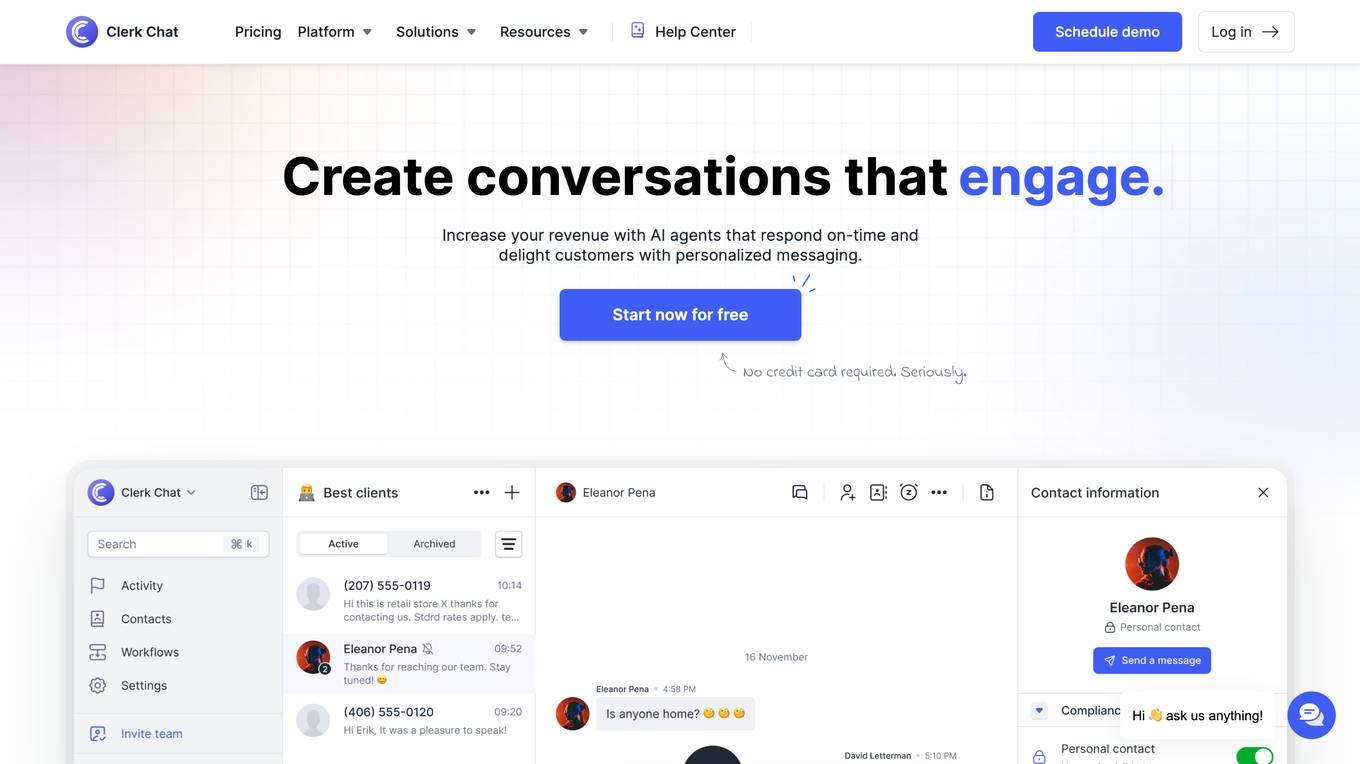
Clerk Chat
Clerk Chat is a business messaging platform that enables businesses to have scalable, human-like conversations with their customers. It offers features such as customizable contact groups, AI-powered chatbots, and bulk messaging capabilities. Clerk Chat integrates with various platforms, including CRMs, compliance tools, and marketing automation software. It is designed to help businesses improve customer engagement, increase revenue, and streamline their communication processes.
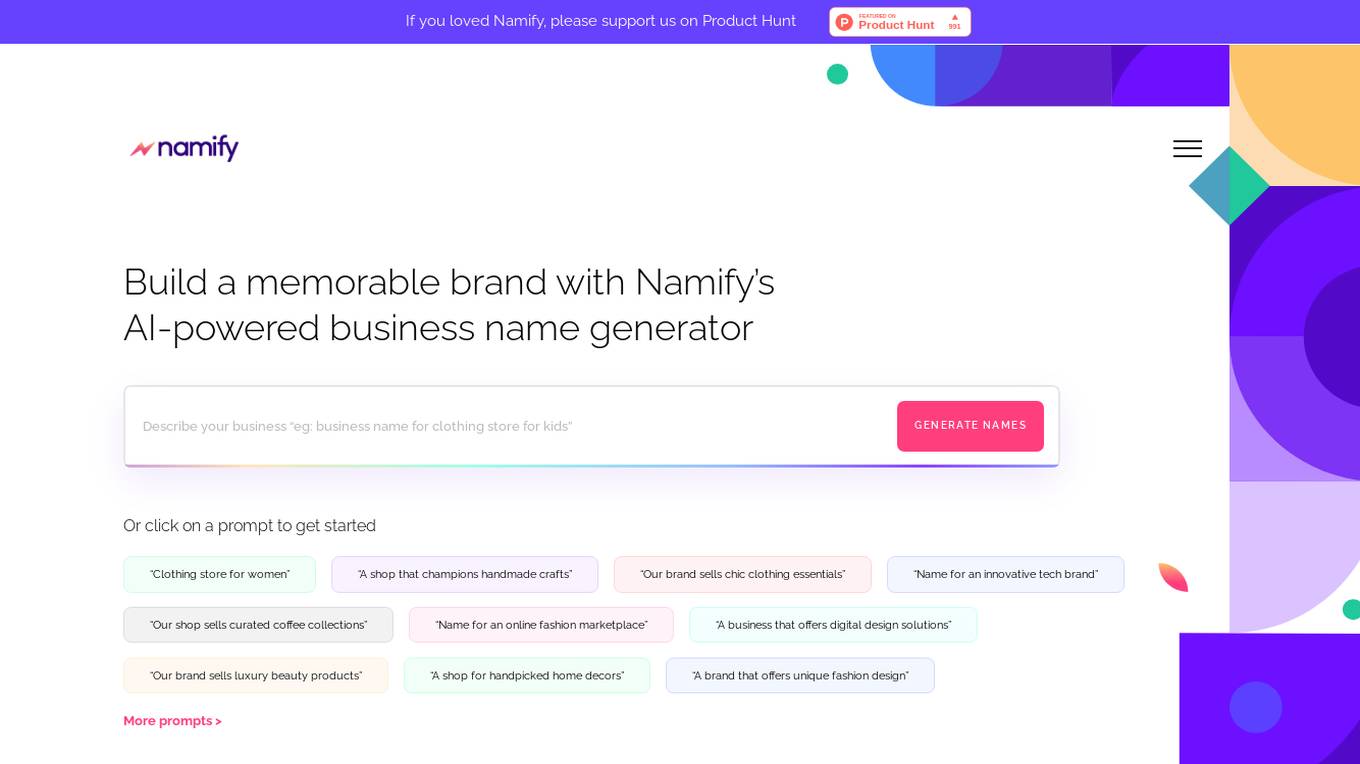
Namify
Namify is an AI-powered business name generator that helps users create a memorable brand name effortlessly. It leverages the power of new domain extensions to curate meaningful domain name suggestions for various businesses. Namify also provides logo design options and checks domain name, social media username, and trademark availability to ensure a solid branding decision. With expert recommendations and a user-friendly interface, Namify streamlines the process of finding the perfect brand name for your business.
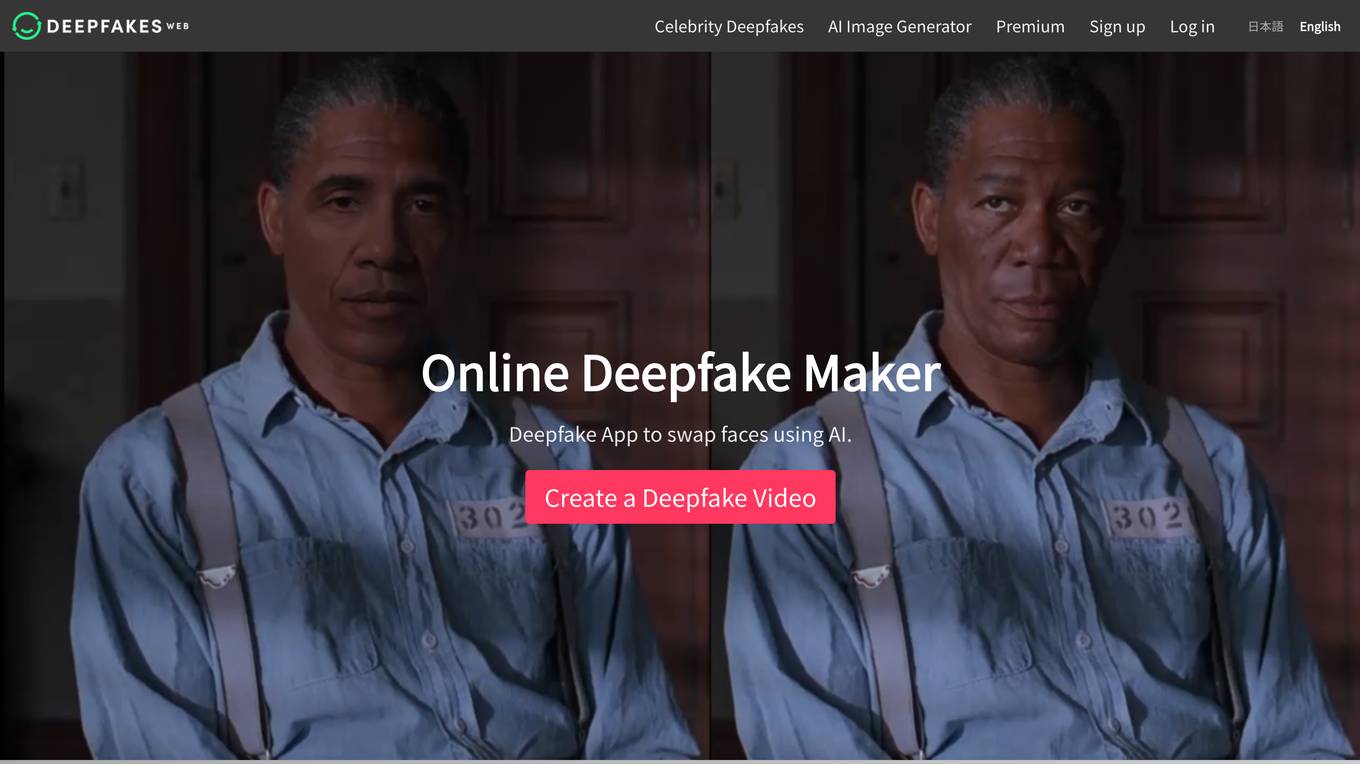
Deepfakes Web
Deepfakes Web is an online deepfake software that allows users to create deepfake videos by uploading videos and clicking a button. The app uses AI to swap faces in the videos, and the results can be surprisingly realistic. Deepfakes Web is private and secure, and users can reuse their trained models to improve the quality of their results. The app is available for a low cost, and it has a number of features that make it easy to use, including a user-friendly interface and a variety of templates to choose from.
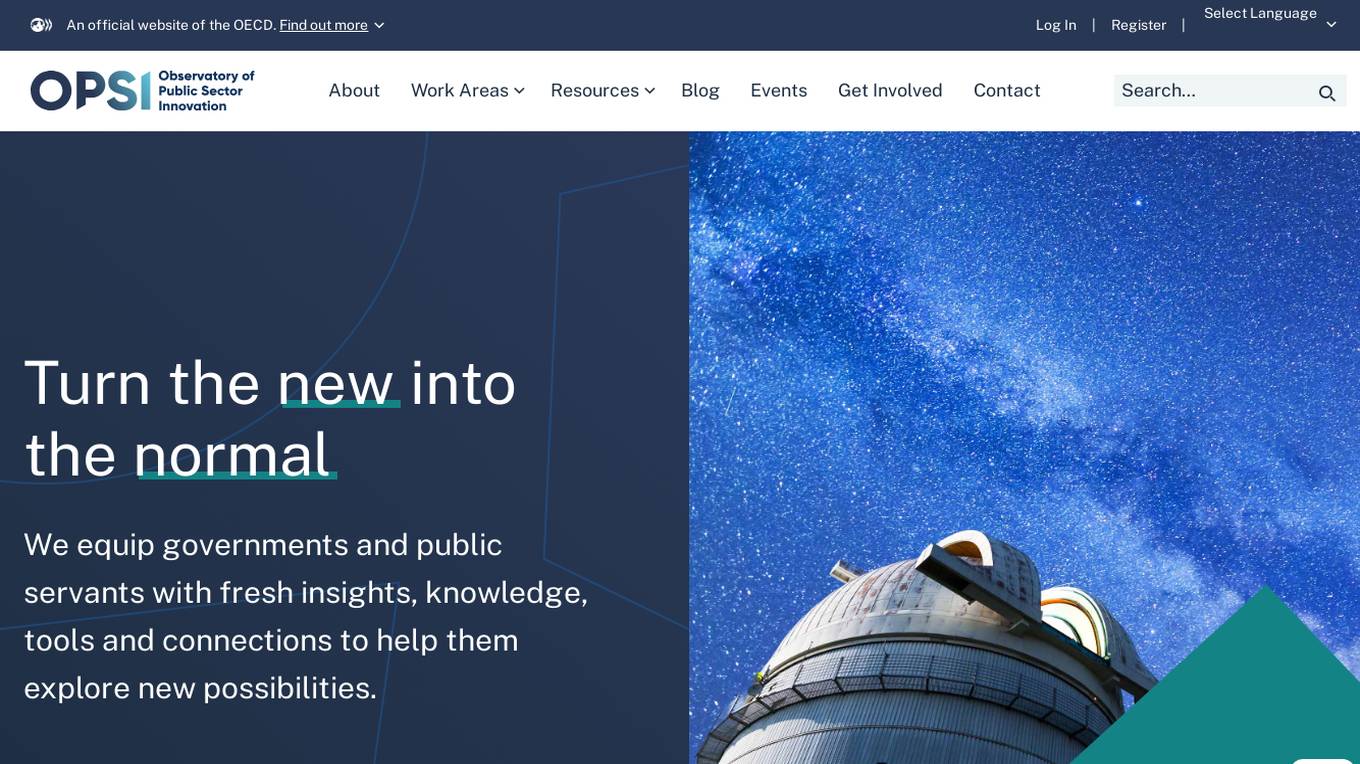
OECD Observatory of Public Sector Innovation
The OECD Observatory of Public Sector Innovation (OPSI) is a website that provides resources and tools to help governments and public servants explore new possibilities for innovation. OPSI's work areas include European Commission Collaboration, Anticipatory Innovation, Cross-Border Government Innovation, Behavioural Insights, Innovative Capacity, Innovation Trends, Innovation Portfolios, Mission-Oriented Innovation, Innovation Management, and Systems Approaches. OPSI also has a number of resources available, including a Toolkit Navigator, Case Study Library, Portfolio Exploration Tool, and Anticipatory Innovation Resource (AIR).
0 - Open Source AI Tools
20 - OpenAI Gpts

New Zealand/Kiwi Lotto
Your Comprehensive Guide to Kiwi Lotto and Powerball: Explore Historical Numbers, Winnings, Odds, and Numbers Generation. Feel Free to ask any.
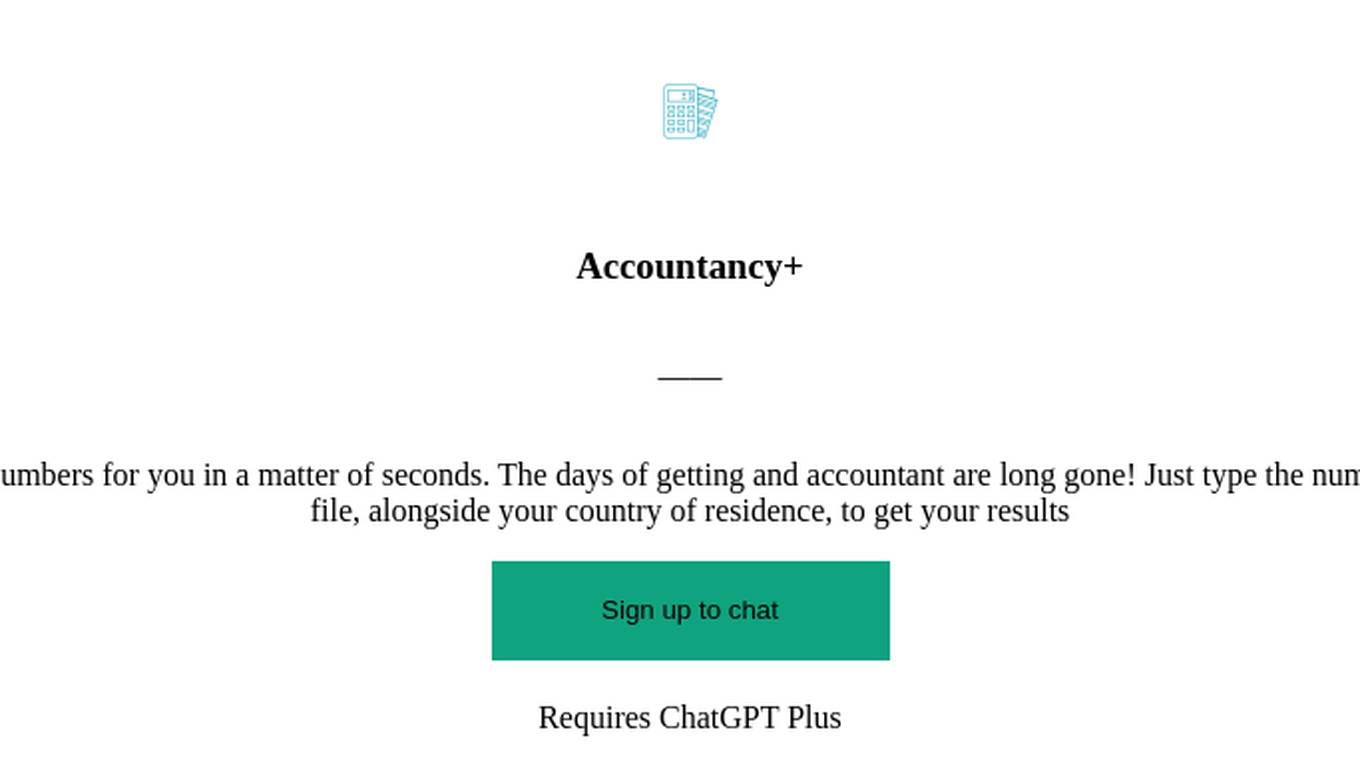
Accountancy+
Your personal AI accountant. Crunches all the numbers for you in a matter of seconds. The days of getting and accountant are long gone! Just type the numbers you need processing into the chat or insert a file, alongside your country of residence, to get your results

The Lottery Pro AI: Number Predictor
AI expert in lottery predictions for Mega Millions, Powerball, Cash 3, Fantasy 5, and all other state lotteries. Provides latest draw results and analysis.
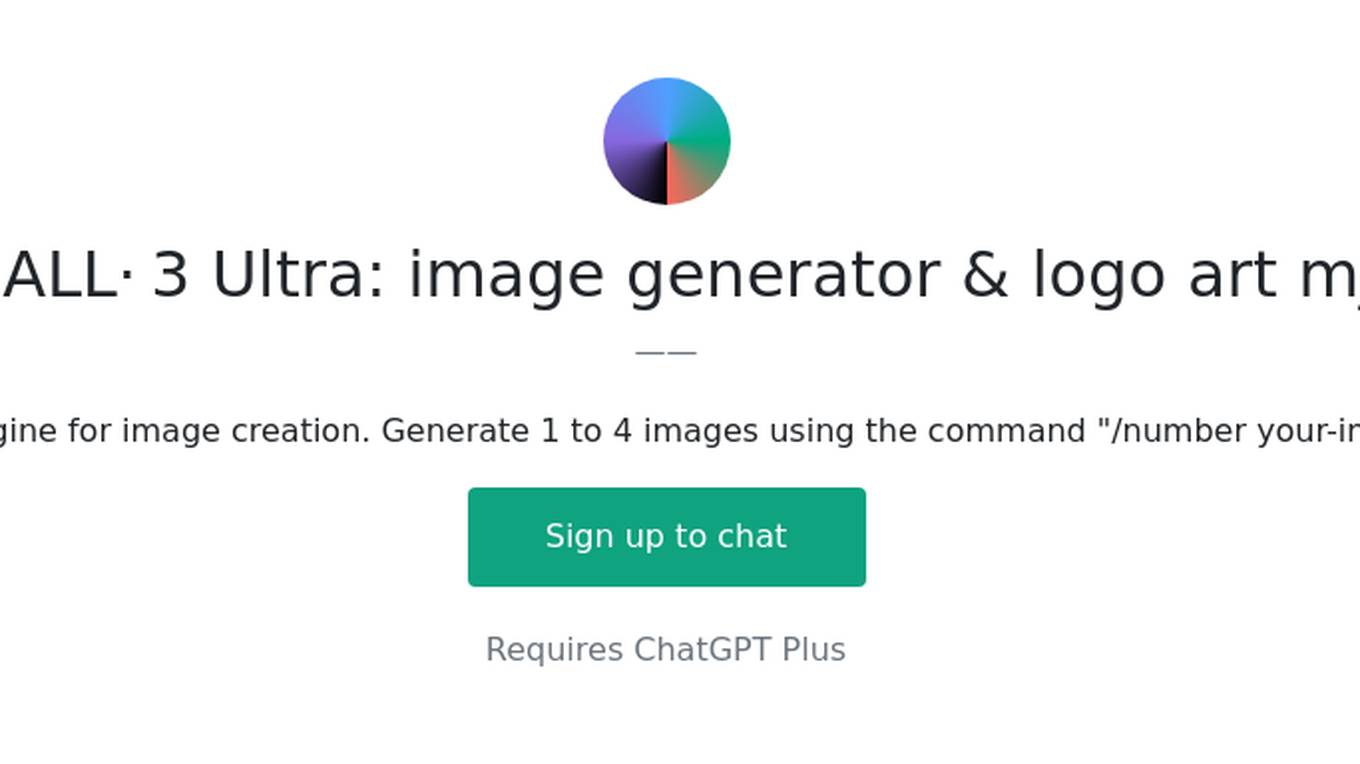
DALL· 3 Ultra: image generator & logo art mj
Advanced Dalle-3 engine for image creation. Generate 1 to 4 images using the command "/number your-image-request". v3.6
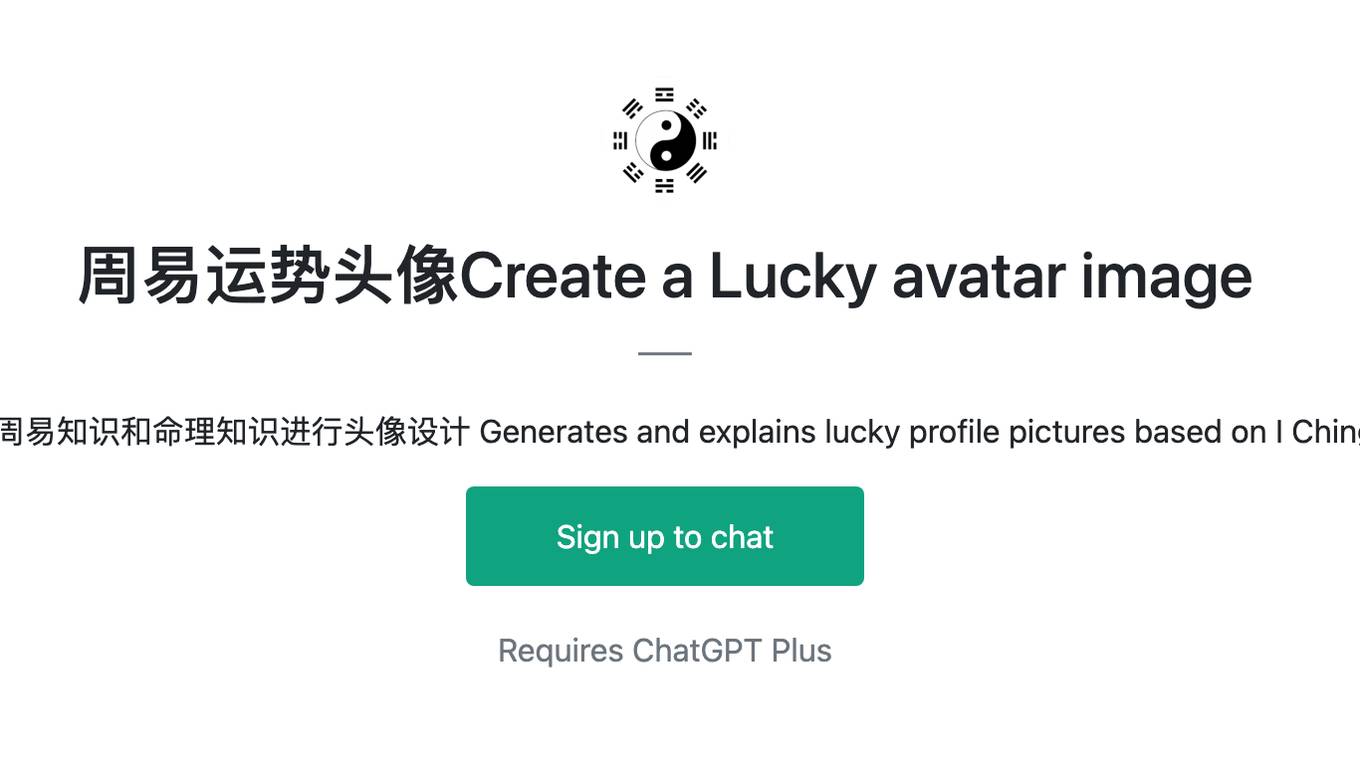
周易运势头像Create a Lucky avatar image
利用专业的周易知识和命理知识进行头像设计 Generates and explains lucky profile pictures based on I Ching, zodiac.
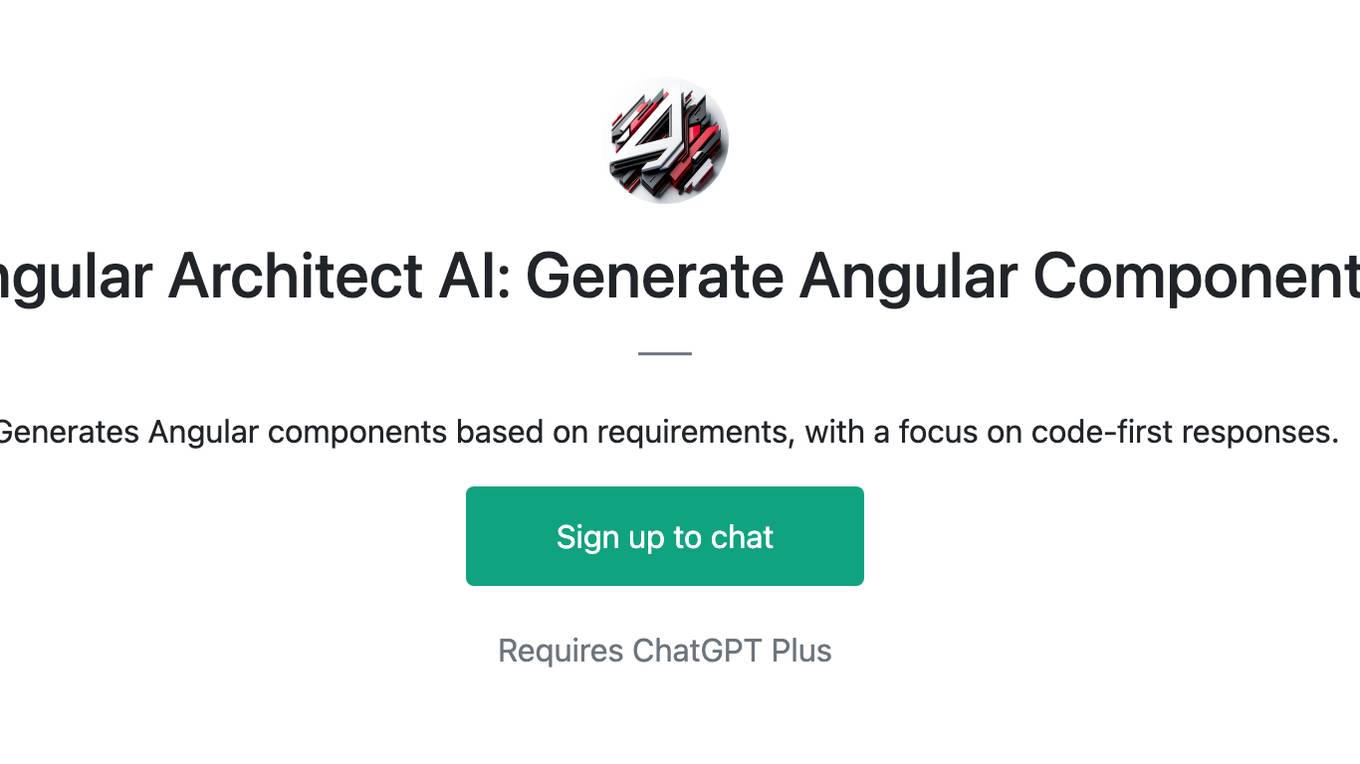
Angular Architect AI: Generate Angular Components
Generates Angular components based on requirements, with a focus on code-first responses.

